Home>Gardening & Outdoor>Landscaping Ideas>What Is Grass Eaten By
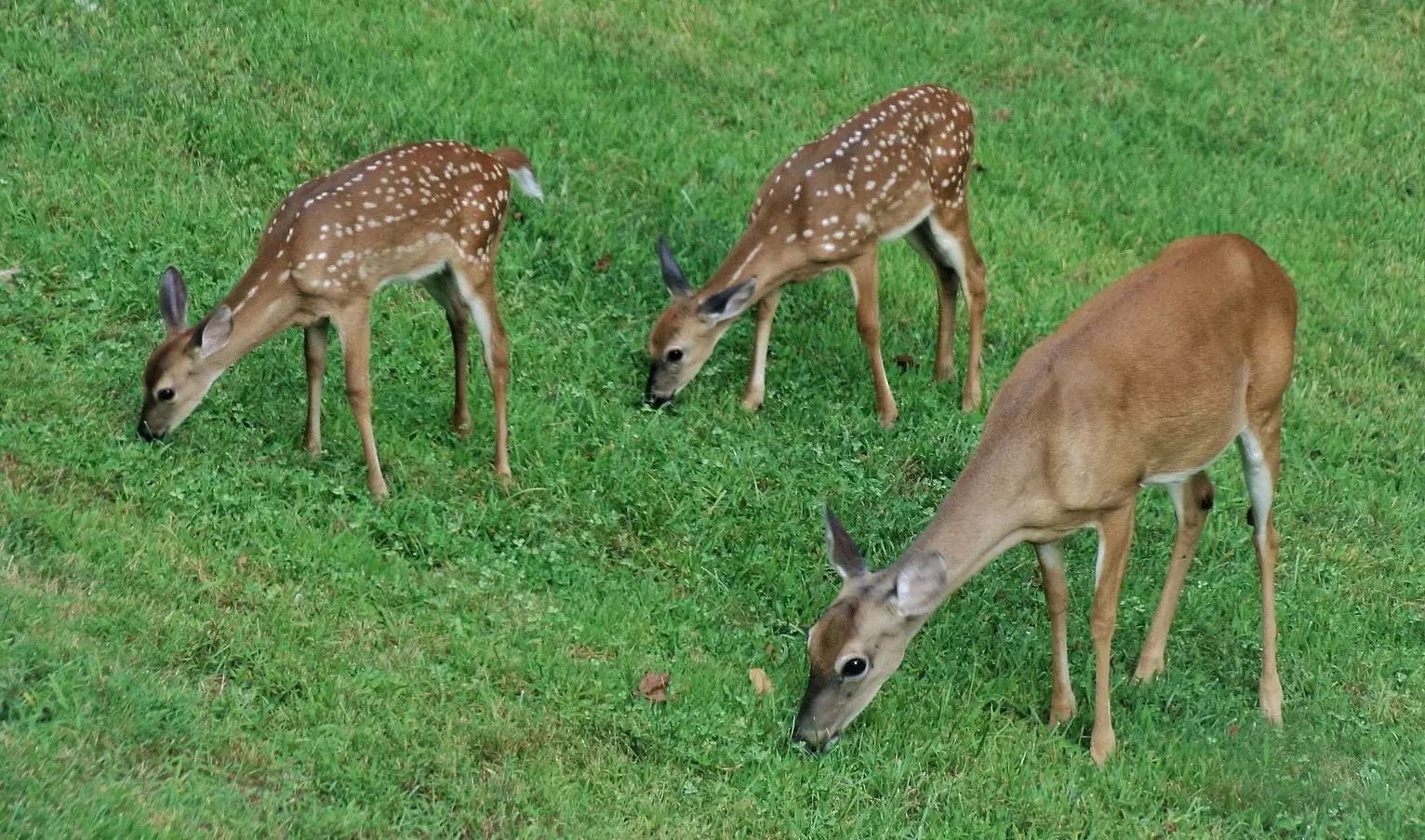

Landscaping Ideas
What Is Grass Eaten By
Modified: February 18, 2024
Discover landscaping ideas and tips for creating a lush, green lawn with the right grass varieties. Learn what grass is best eaten by livestock and how to maintain a healthy lawn.
(Many of the links in this article redirect to a specific reviewed product. Your purchase of these products through affiliate links helps to generate commission for Storables.com, at no extra cost. Learn more)
Introduction
Grass, a ubiquitous plant found in various ecosystems, serves as a primary food source for numerous animals. The act of consuming grass, often referred to as grazing, is a fundamental aspect of the dietary habits of herbivorous creatures. This dietary preference has significant ecological implications, as it influences the distribution and behavior of both grass and the animals that rely on it for sustenance.
Understanding the intricate relationship between herbivores and grass consumption provides valuable insights into the dynamics of ecosystems and the nutritional requirements of diverse animal species. In this article, we will delve into the fascinating world of grass consumption, exploring the types of animals that rely on grass as a primary food source, the nutritional value of grass, and the distinctive grazing habits exhibited by different herbivores. By shedding light on the significance of grass in the animal kingdom, we aim to offer a comprehensive perspective on the role of this humble plant in sustaining diverse forms of wildlife.
Key Takeaways:
- Grass is a vital food source for many animals, from large mammals to tiny insects, providing essential nutrients and shaping ecosystems.
- Different animals have unique ways of eating grass, showcasing diverse foraging behaviors and digestive adaptations that have evolved over time.
Herbivores and Grass
Herbivores, the primary consumers in the food chain, play a pivotal role in ecosystems by feeding on plant material, with grass being a prominent dietary staple. The relationship between herbivores and grass is a fundamental component of the intricate web of interactions within natural habitats. As herbivores graze on grass, they contribute to the regulation of plant growth, nutrient cycling, and the overall structure of the landscape.
For herbivores, grass serves as a vital source of nutrients, including carbohydrates, proteins, and essential minerals. The fibrous nature of grass presents a unique dietary challenge, as herbivores have evolved specialized digestive systems to efficiently extract nutrients from this plant material. The symbiotic relationship between herbivores and grass has shaped the evolutionary adaptations of both the grazers and the grass species, leading to a delicate balance that influences the dynamics of ecosystems worldwide.
The consumption of grass by herbivores also has broader implications for ecosystem health and stability. By controlling the abundance of grasses through grazing, herbivores influence the composition of plant communities and the availability of resources for other organisms. Additionally, the foraging behavior of herbivores can impact the physical structure of grasslands and contribute to the maintenance of biodiversity within these habitats.
Overall, the interdependence between herbivores and grass underscores the significance of this relationship in shaping the structure and function of natural ecosystems. The consumption of grass by herbivores not only sustains the dietary needs of these animals but also exerts profound effects on the dynamics of plant communities and the overall balance of ecological processes.
Types of Animals That Eat Grass
Grass consumption is a widespread dietary practice among a diverse array of animal species. From large mammals to tiny invertebrates, numerous creatures rely on grass as a primary food source. The types of animals that consume grass encompass a broad spectrum, reflecting the adaptability of this plant as a nutritional resource for herbivores across various ecosystems.
1. Mammals: Many herbivorous mammals, such as elephants, zebras, bison, and deer, are notable consumers of grass. These animals have evolved specialized dentition and digestive systems to efficiently process fibrous plant material, enabling them to thrive on diets primarily composed of grasses and other vegetation.
2. Reptiles: Certain reptiles, including tortoises and iguanas, are known to feed on grasses and other plant matter. Their herbivorous dietary preferences highlight the adaptability of grass as a food source, catering to the nutritional needs of diverse taxa within the animal kingdom.
3. Avian Species: Various bird species, such as geese, swans, and waterfowl, are herbivorous grazers that feed on grasses and aquatic vegetation. Their foraging activities contribute to the maintenance of wetland habitats and play a role in shaping the structure of these ecosystems.
4. Invertebrates: Insects and other invertebrates also partake in grass consumption, with certain caterpillars, grasshoppers, and beetles relying on grass as a primary food source. The diverse array of invertebrates that consume grass underscores the significance of this plant in supporting a wide range of herbivorous organisms.
5. Domestic Livestock: Animals such as cattle, sheep, and goats are prominent examples of domesticated herbivores that heavily rely on grass as a dietary staple. The cultivation of grasslands for grazing livestock has been a cornerstone of agricultural practices for centuries, emphasizing the economic and nutritional significance of grass for livestock production.
These examples illustrate the expansive reach of grass consumption across the animal kingdom, highlighting the pivotal role of this plant in sustaining the nutritional requirements of diverse herbivorous species. The adaptability of grass as a food source underscores its significance in supporting a wide array of ecosystems and the myriad organisms that depend on it for sustenance.
Grass is eaten by a variety of animals including cows, horses, sheep, and goats. It is an important part of their diet as it provides essential nutrients and fiber for their digestion.
Nutritional Value of Grass
Grass, often overlooked for its nutritional significance, boasts a rich array of essential nutrients that are vital for the health and vitality of herbivorous animals. Despite its seemingly humble appearance, grass harbors a diverse range of nutrients that cater to the dietary requirements of herbivores across various ecosystems. Understanding the nutritional value of grass is crucial for comprehending its role as a foundational food source for numerous animal species.
1. Macronutrients: Grass contains essential macronutrients, including carbohydrates, proteins, and fats. Carbohydrates serve as a primary energy source for herbivores, sustaining their metabolic functions and physical activities. Grasses also provide proteins, supporting muscle development and overall physiological functions in herbivorous animals. While grasses are relatively low in fat content, they contribute to the lipid requirements of herbivores, albeit to a lesser extent compared to other dietary components.
2. Micronutrients: In addition to macronutrients, grasses are rich in micronutrients such as vitamins and minerals. These essential compounds play a crucial role in maintaining the overall health and well-being of herbivores. Grasses provide a spectrum of vitamins, including vitamin A, vitamin C, and various B vitamins, all of which contribute to physiological processes and immune function in herbivorous animals. Moreover, grasses are a valuable source of minerals, including calcium, phosphorus, and magnesium, which are vital for bone health, muscle function, and overall metabolic activities in herbivores.
3. Fiber Content: Grasses are renowned for their high fiber content, comprising both soluble and insoluble fiber. This fibrous material contributes to digestive health in herbivores, facilitating the movement of food through the digestive tract and supporting the growth of beneficial gut microflora. The fiber content of grasses also aids in the regulation of blood sugar levels and contributes to satiety in herbivorous animals.
4. Secondary Metabolites: Grasses contain secondary metabolites, including phytochemicals and antioxidants, which offer additional health benefits for herbivores. These compounds play a role in bolstering the immune system, combating oxidative stress, and providing protection against certain diseases and pathogens.
Overall, the nutritional value of grass underscores its significance as a foundational dietary component for herbivorous animals. The diverse array of essential nutrients, coupled with the fibrous and bioactive components present in grasses, contributes to the overall health, vitality, and ecological adaptations of herbivores across diverse ecosystems.
Grass-Eating Habits of Different Animals
The consumption of grass by herbivorous animals encompasses a wide spectrum of feeding behaviors and dietary adaptations, reflecting the diverse ecological niches and evolutionary strategies employed by these creatures. The grass-eating habits of different animals offer intriguing insights into the specialized foraging techniques and digestive adaptations that have evolved in response to the consumption of this fibrous plant material.
1. Ruminants: Many herbivorous mammals, such as cattle, sheep, and deer, are classified as ruminants, possessing specialized stomach compartments that enable them to efficiently digest grasses. The process of rumination involves regurgitating partially digested food from the rumen to be re-chewed, facilitating thorough digestion of fibrous plant material. Ruminants have evolved complex microbial ecosystems within their digestive tracts, allowing them to extract nutrients from grasses through fermentation and enzymatic breakdown.
2. Browsing and Grazing: Herbivorous mammals exhibit distinct feeding behaviors, with some species primarily engaging in grazing, while others are categorized as browsers. Grazers, such as zebras and bison, consume grasses from ground level, exhibiting a preference for the tender shoots and leaves of grass species. In contrast, browsers, such as giraffes and deer, feed on foliage from shrubs and trees, but may also incorporate grasses into their diets, showcasing diverse feeding strategies within the herbivorous guild.
3. Avian Grazers: Waterfowl and certain bird species engage in grazing behaviors, foraging on grasses and aquatic vegetation in wetland habitats. Their feeding activities contribute to the maintenance of wetland ecosystems and play a role in shaping the structure of these environments. The grazing habits of avian species highlight the adaptability of grass as a dietary resource for a diverse array of herbivorous organisms.
4. Specialized Digestive Adaptations: Some herbivorous animals have evolved specialized digestive adaptations to process grasses efficiently. For instance, the digestive systems of horses and rabbits are adapted to extract nutrients from fibrous plant material, enabling them to thrive on diets predominantly composed of grasses and roughage. These adaptations include an enlarged cecum in rabbits and a large hindgut fermentation chamber in horses, allowing for the breakdown of cellulose and the extraction of nutrients from grasses.
5. Invertebrate Grazers: Insects and other invertebrates exhibit diverse feeding strategies when consuming grasses. Certain herbivorous insects, such as grasshoppers and caterpillars, feed on grass blades, exhibiting specialized mouthparts and digestive adaptations to process fibrous plant material. Their grazing activities contribute to nutrient cycling and plant interactions within grassland ecosystems.
These varied examples of grass-eating habits among different animals underscore the diverse ecological adaptations and foraging strategies that have evolved in response to the consumption of grasses. The specialized digestive mechanisms and feeding behaviors exhibited by herbivorous animals highlight the intricate interplay between grasses and the diverse array of organisms that rely on them for sustenance.
Read more: What Is Lemongrass For
Conclusion
The consumption of grass by herbivorous animals is a fundamental ecological process that shapes the dynamics of natural ecosystems and sustains the dietary needs of diverse organisms. From the vast savannas of Africa to the lush meadows of temperate regions, grasses serve as a foundational food source for a myriad of animal species, influencing their behavior, physiology, and ecological interactions. The significance of grass consumption extends beyond mere sustenance, encompassing intricate evolutionary adaptations, nutrient cycling, and the maintenance of biodiversity within terrestrial and aquatic habitats.
By exploring the interplay between herbivores and grass, we gain valuable insights into the complex web of ecological relationships that underpin the functioning of natural ecosystems. The nutritional value of grass, encompassing essential macronutrients, micronutrients, and fiber, underscores its role as a vital dietary component for herbivorous animals, supporting their physiological needs and overall health. Moreover, the diverse array of animals that rely on grass as a primary food source highlights the adaptability of this plant in sustaining a wide spectrum of herbivorous taxa, from large mammals to tiny invertebrates.
The grass-eating habits exhibited by different animals reflect a tapestry of evolutionary strategies and ecological adaptations, showcasing the diverse foraging behaviors and digestive mechanisms that have evolved in response to the consumption of grasses. From ruminants with specialized stomach compartments to avian grazers foraging in wetland habitats, the varied feeding strategies and dietary preferences of herbivorous animals underscore the versatility of grass as a nutritional resource.
Ultimately, the profound ecological implications of grass consumption by herbivores underscore the intricate balance of natural systems and the intricate connections that underpin the functioning of ecosystems worldwide. By recognizing the pivotal role of grass in sustaining diverse forms of wildlife, we gain a deeper appreciation for the intricate web of life that hinges on this humble yet indispensable plant. As we continue to unravel the complexities of herbivore-grass interactions, we uncover a wealth of knowledge that not only enriches our understanding of ecological processes but also underscores the profound interconnectedness of life on Earth.
Frequently Asked Questions about What Is Grass Eaten By
Was this page helpful?
At Storables.com, we guarantee accurate and reliable information. Our content, validated by Expert Board Contributors, is crafted following stringent Editorial Policies. We're committed to providing you with well-researched, expert-backed insights for all your informational needs.
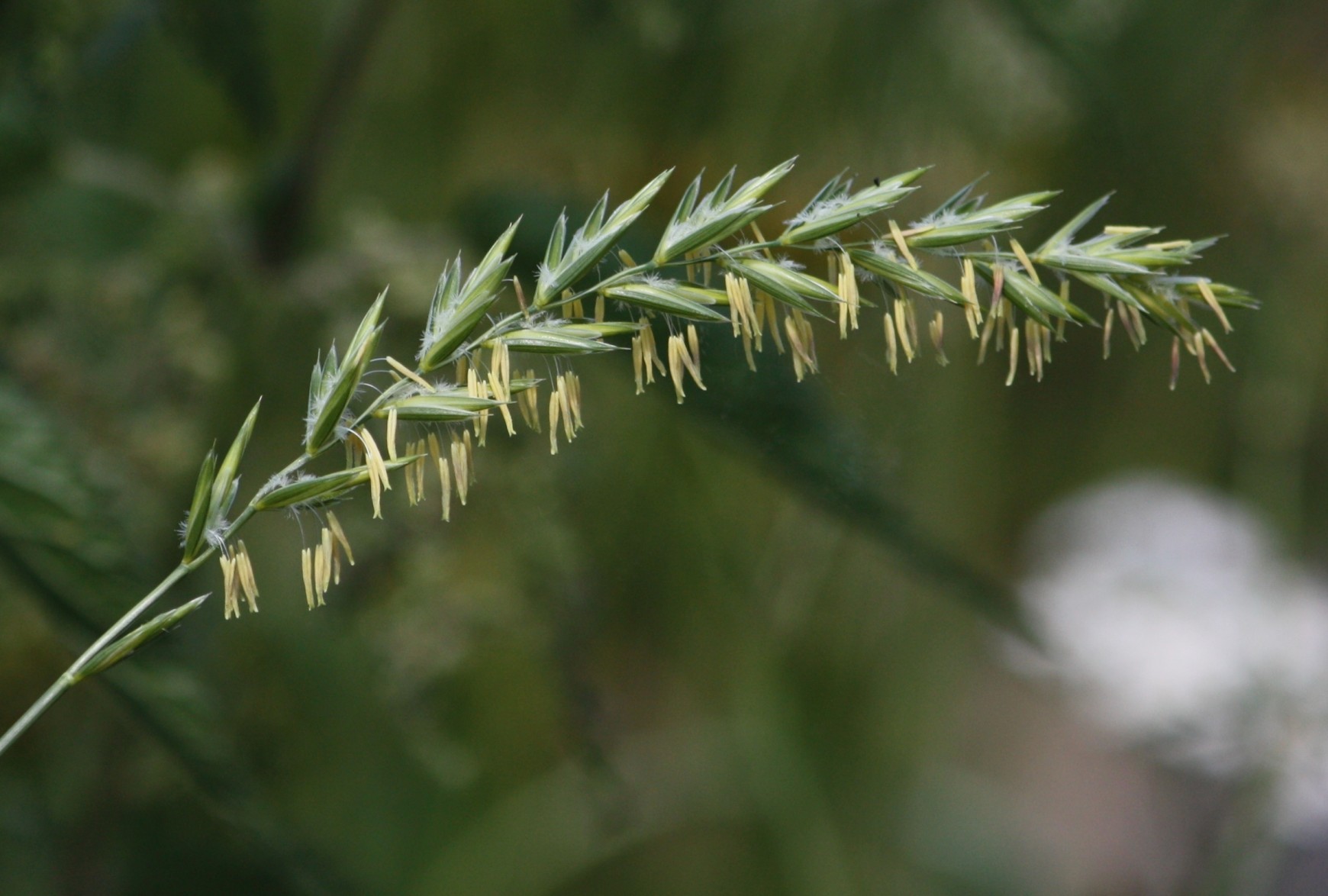

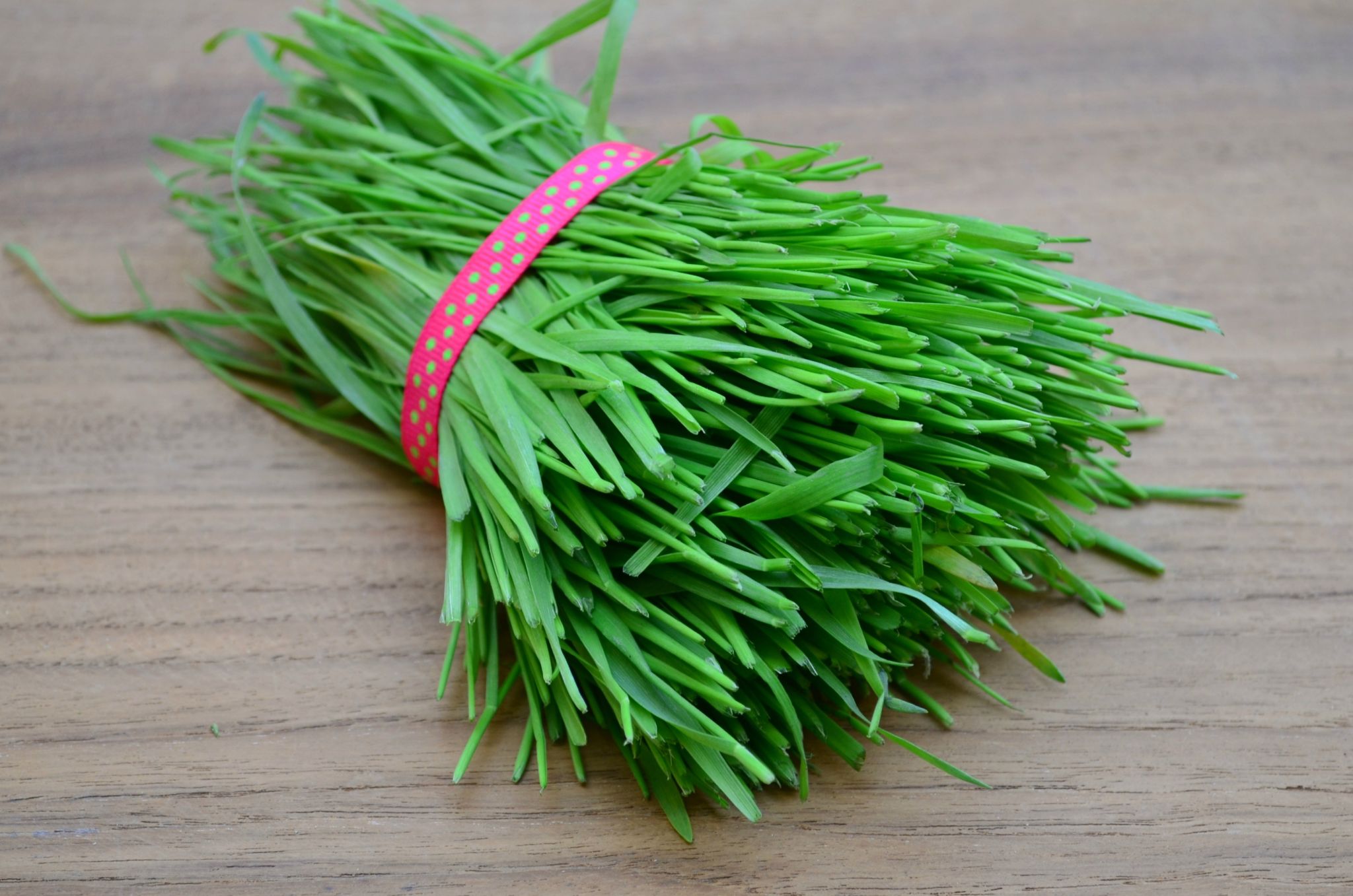
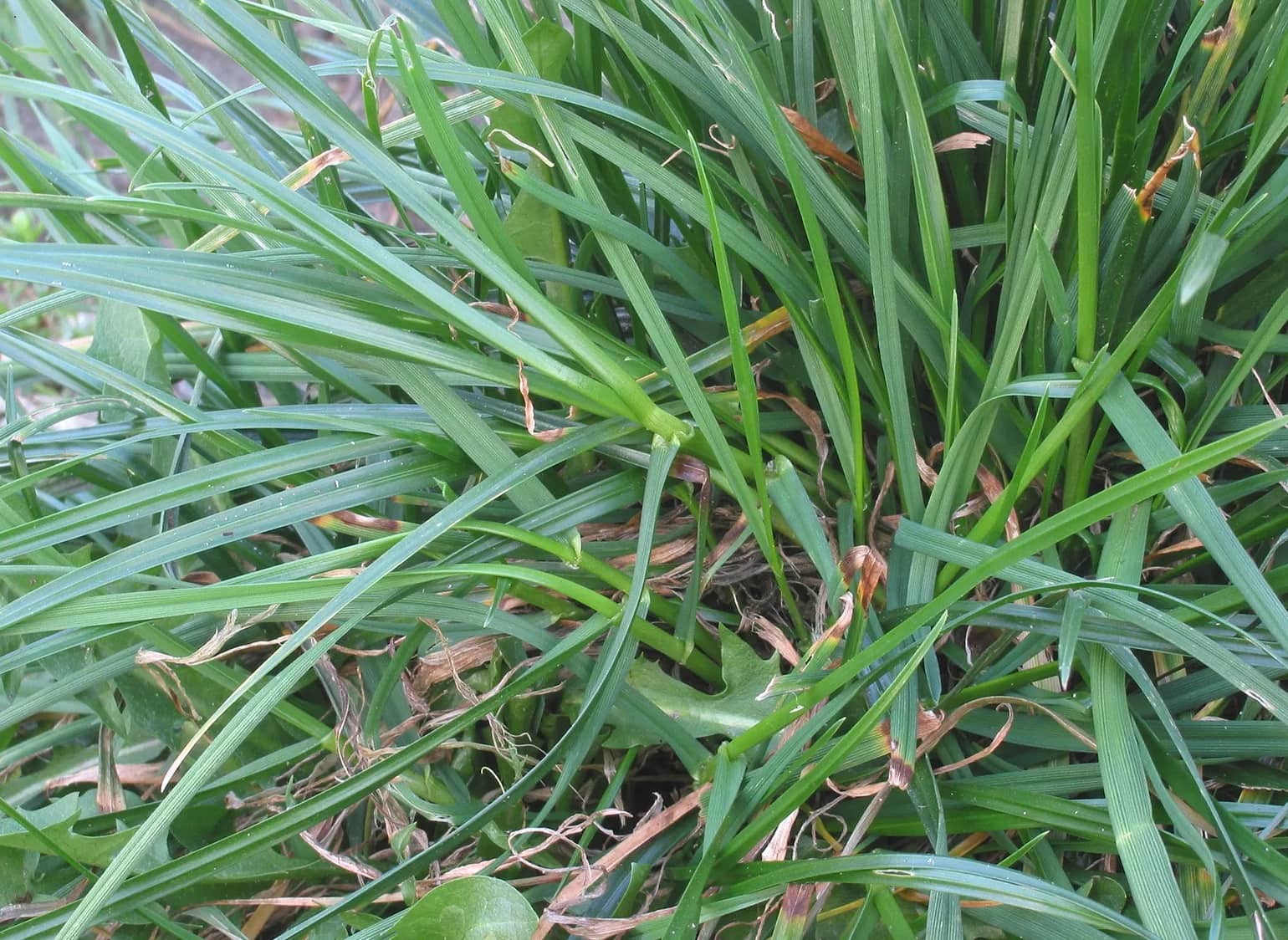
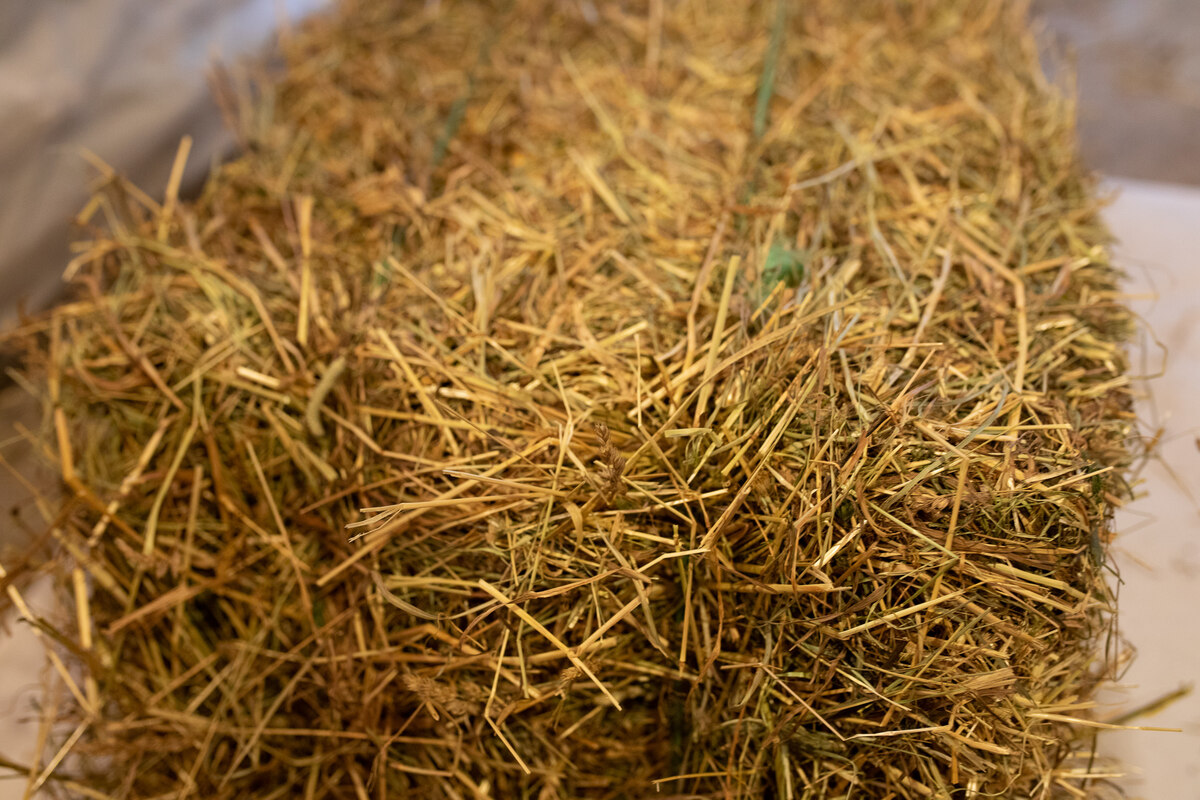
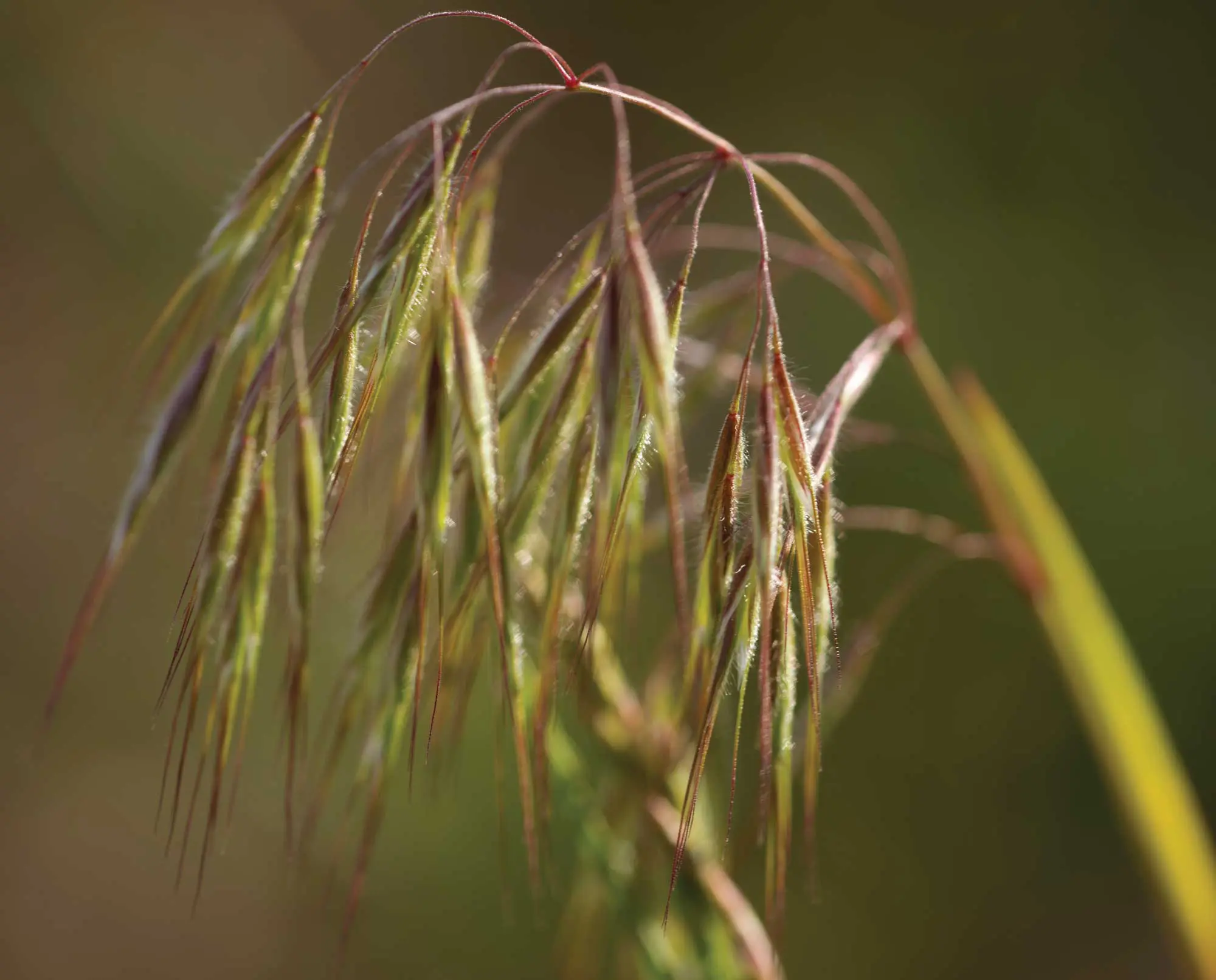
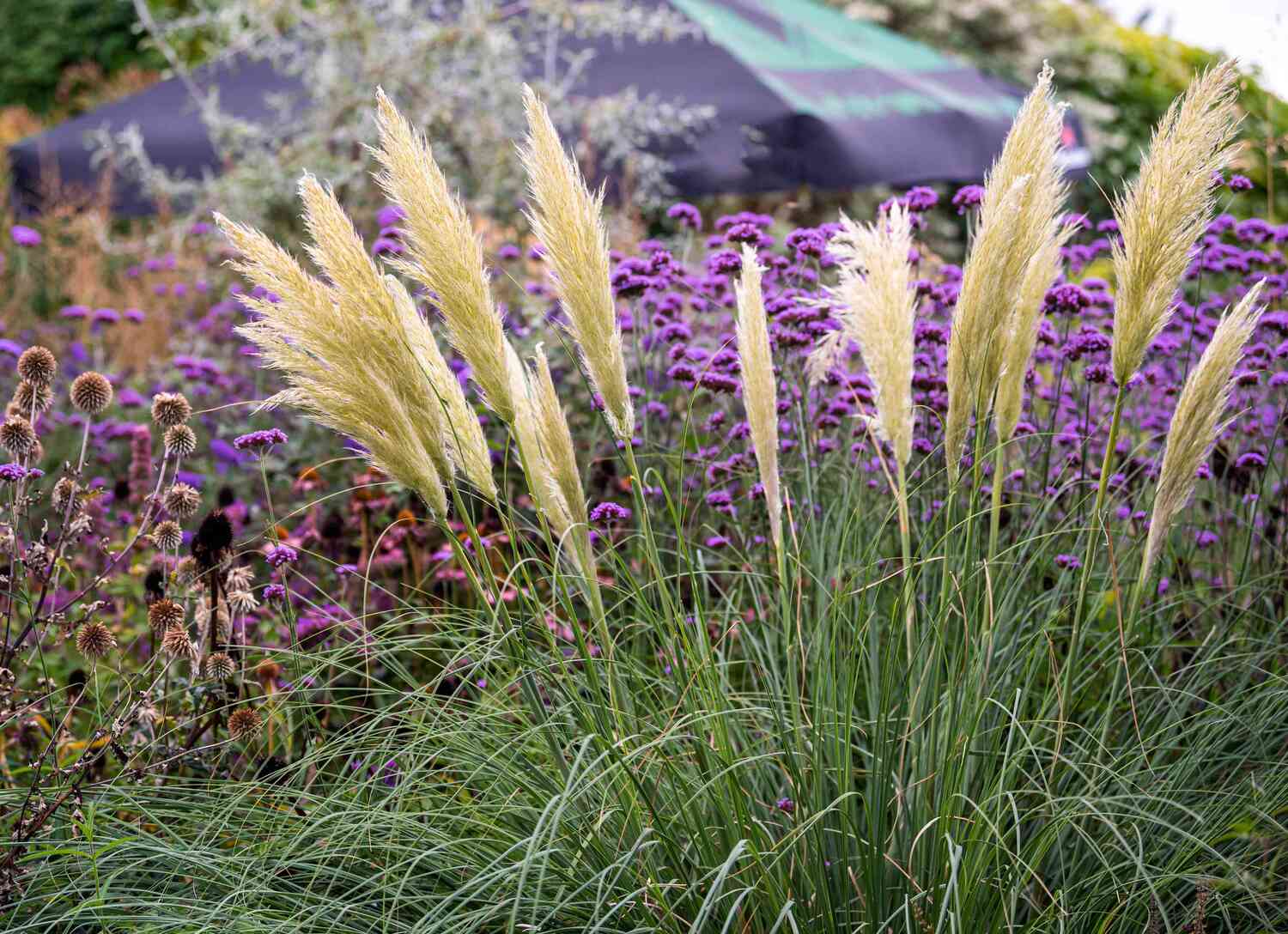

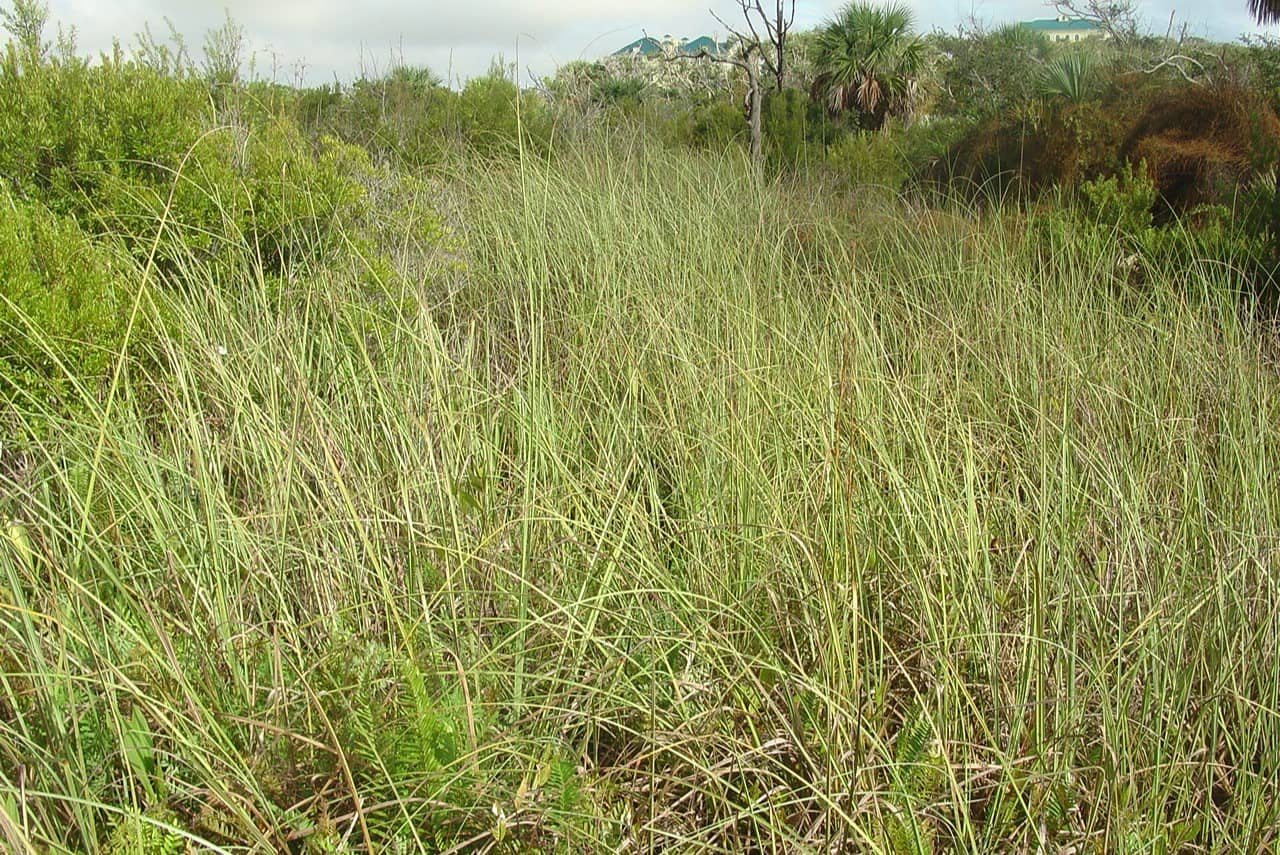
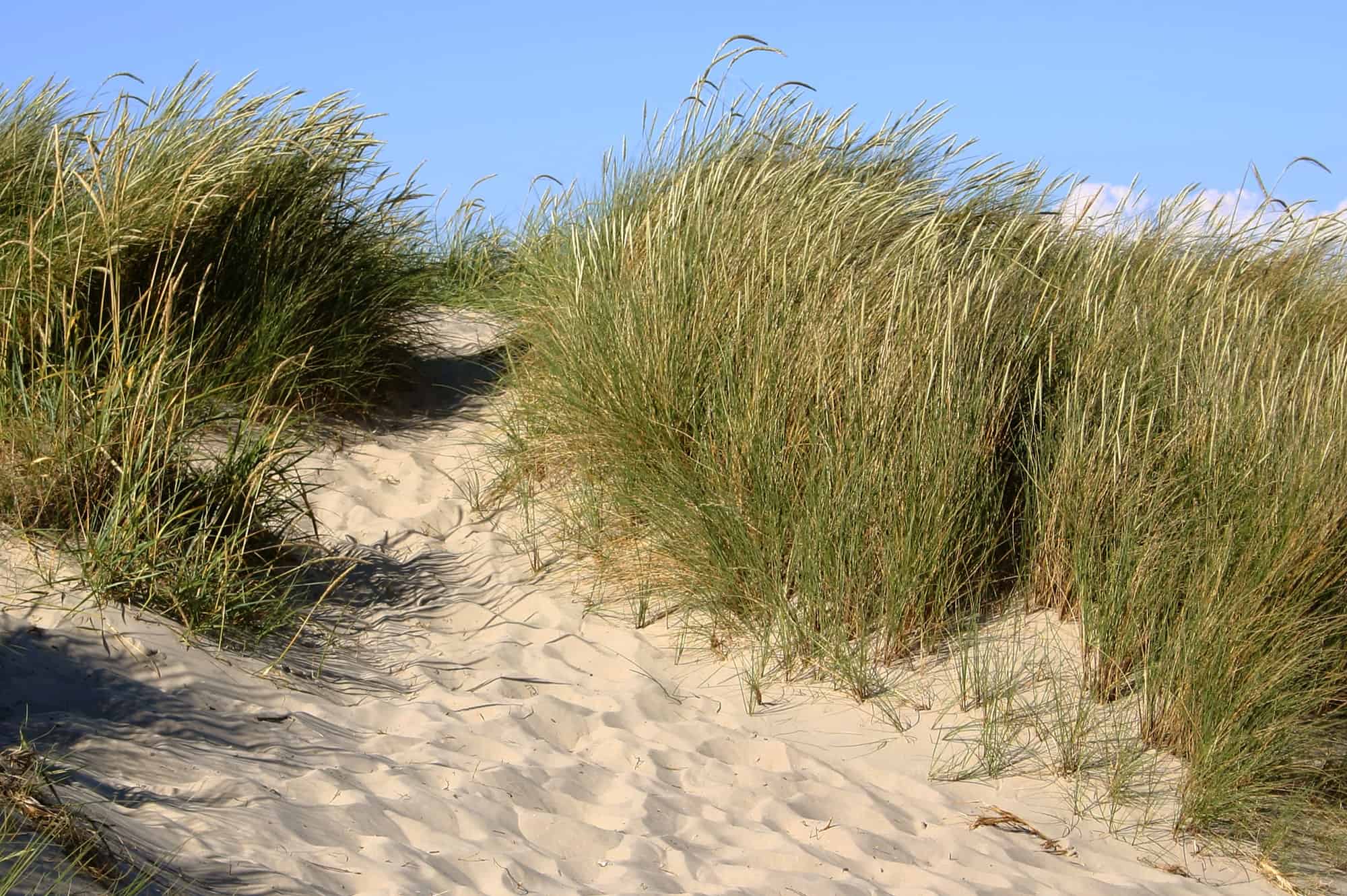
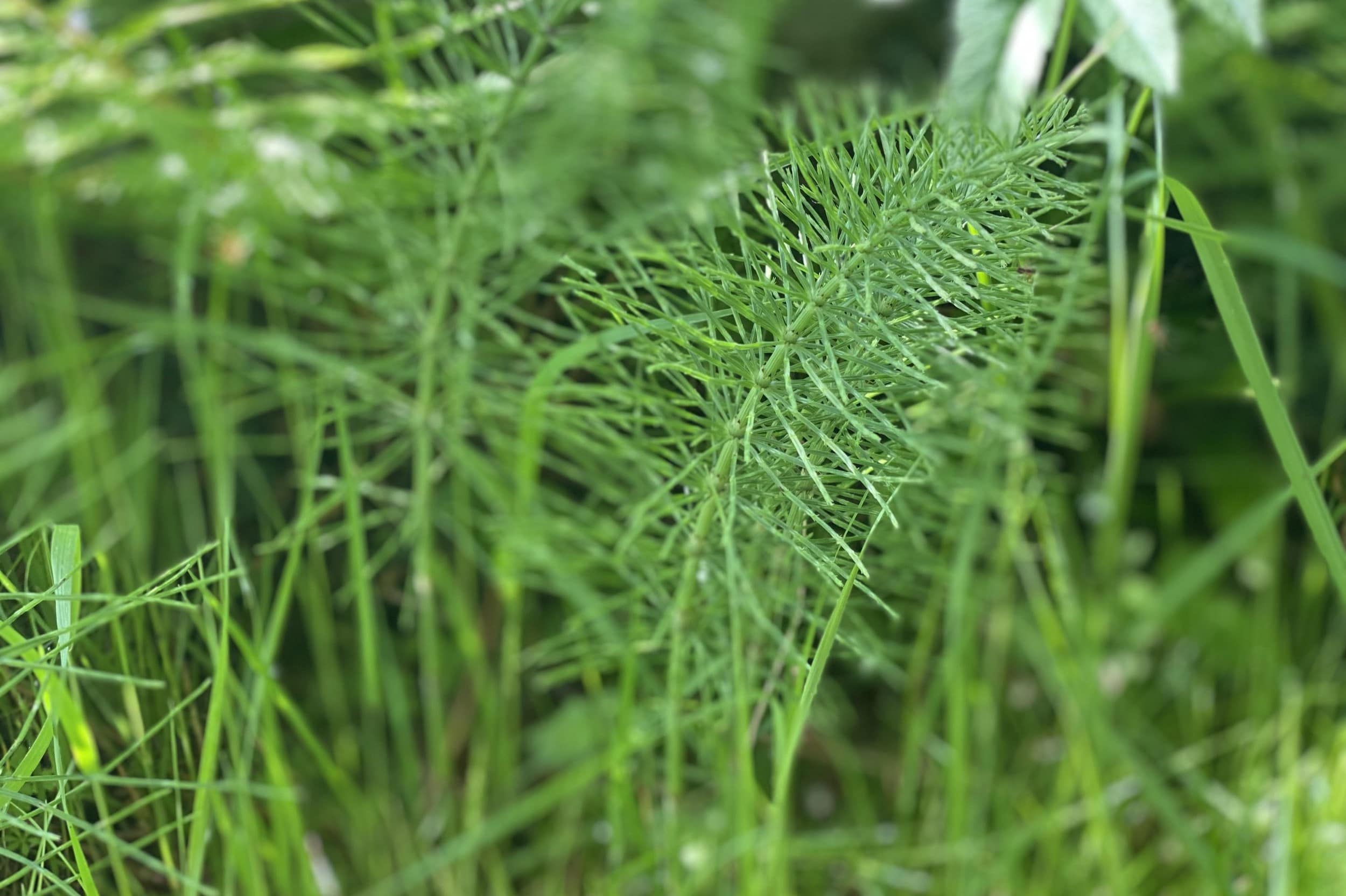
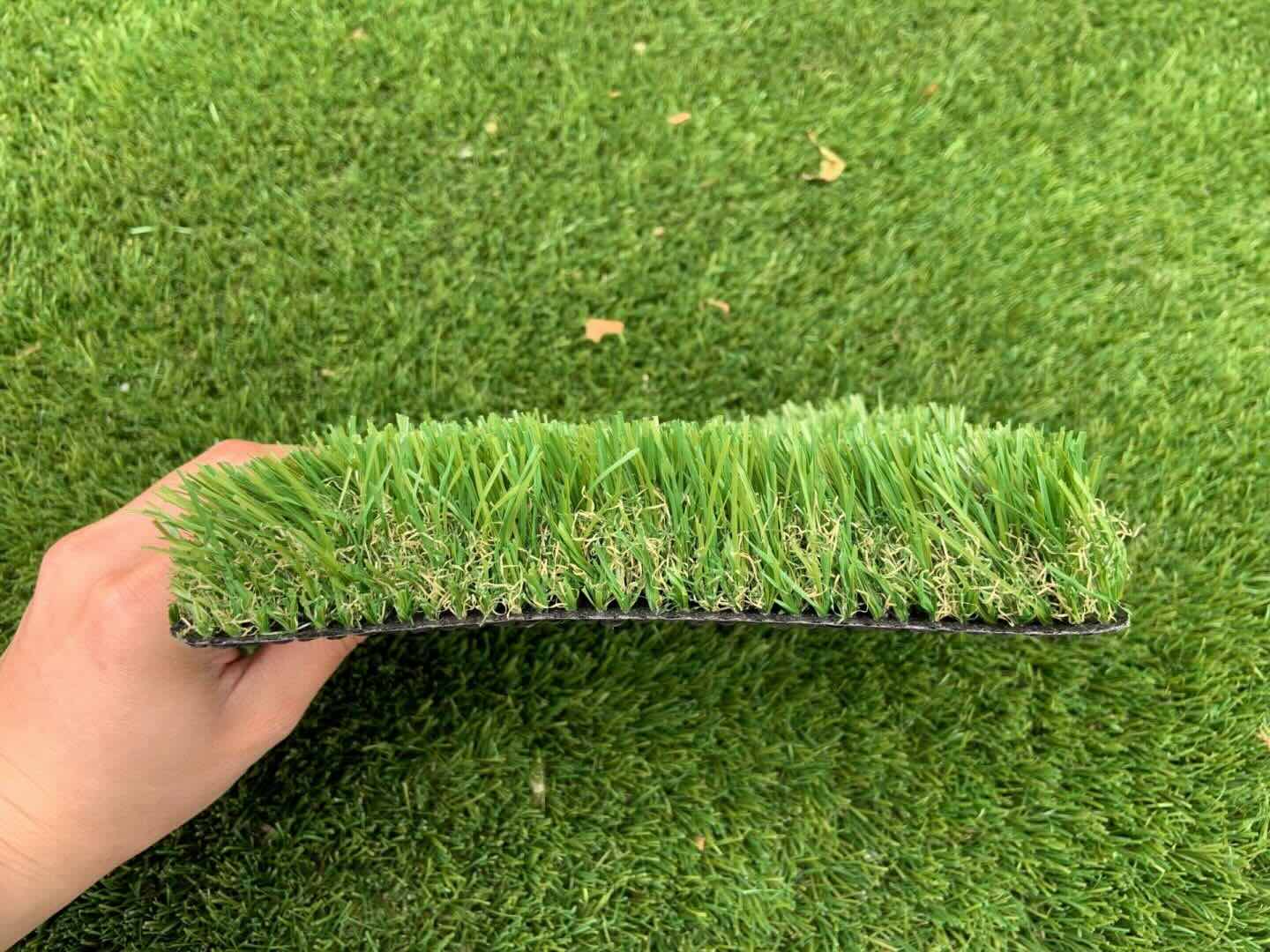
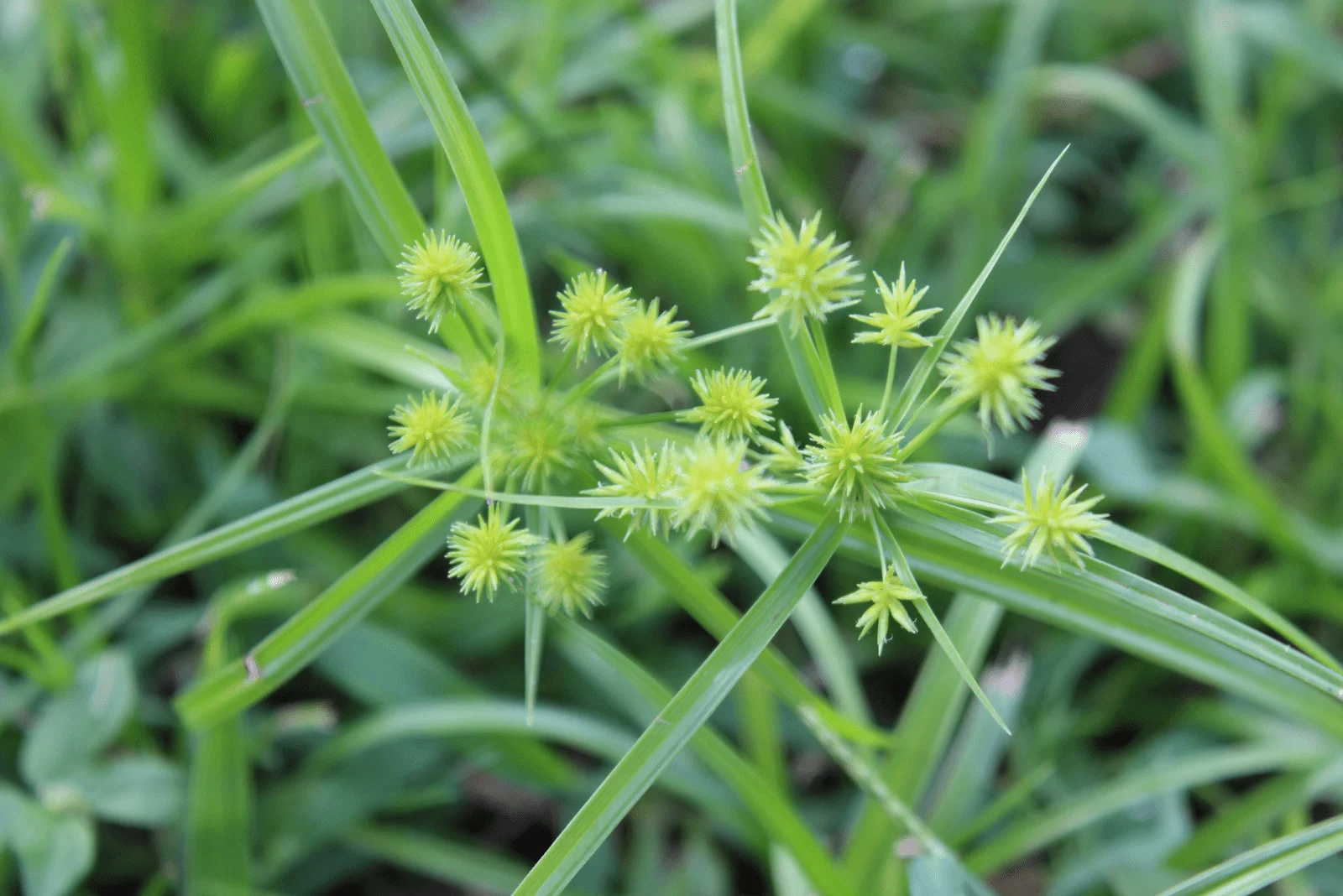
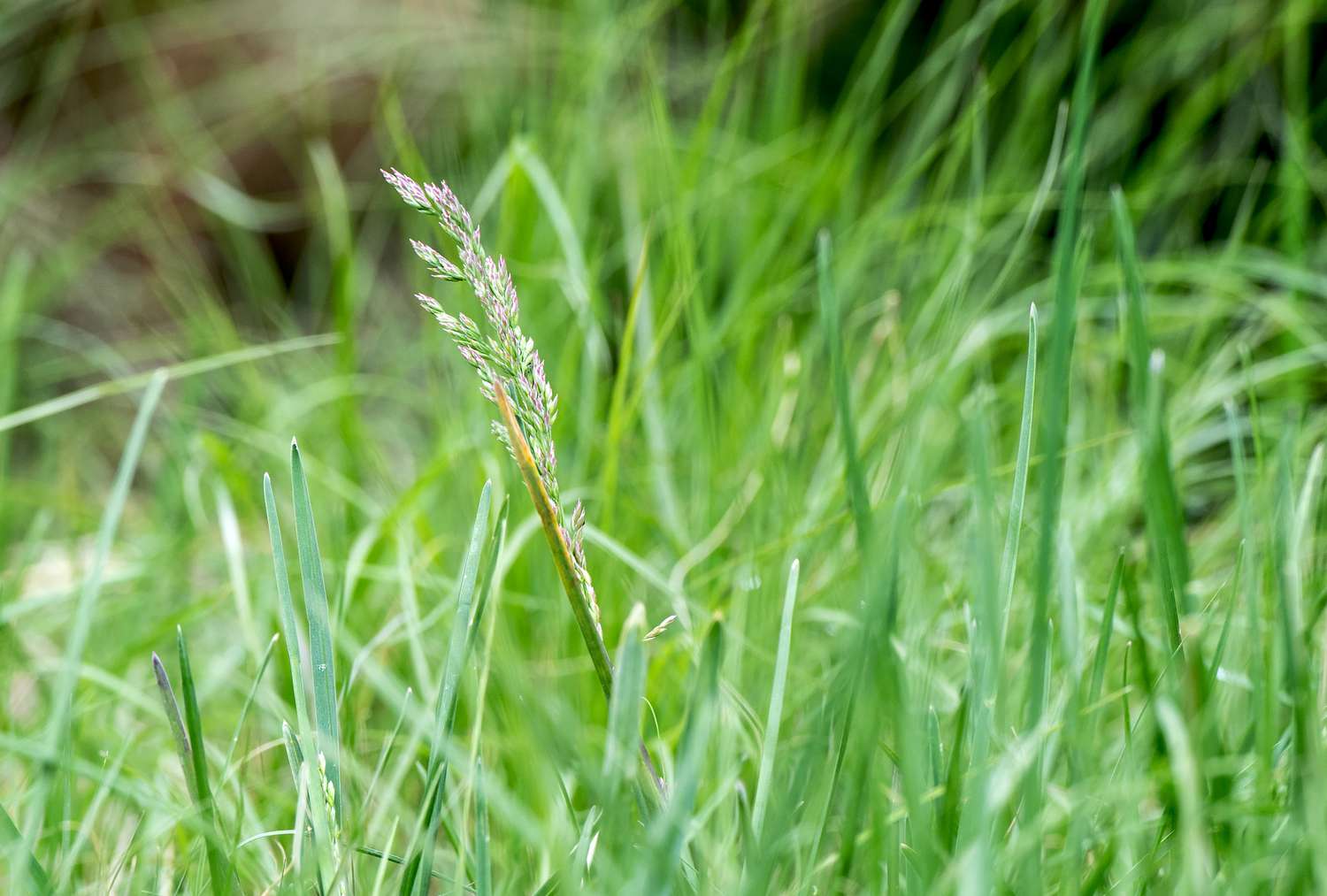

0 thoughts on “What Is Grass Eaten By”